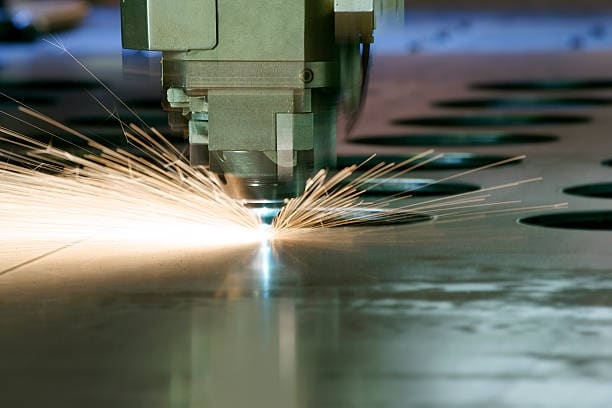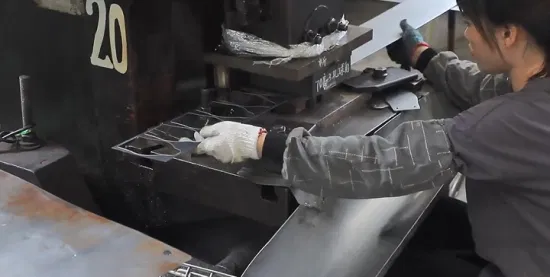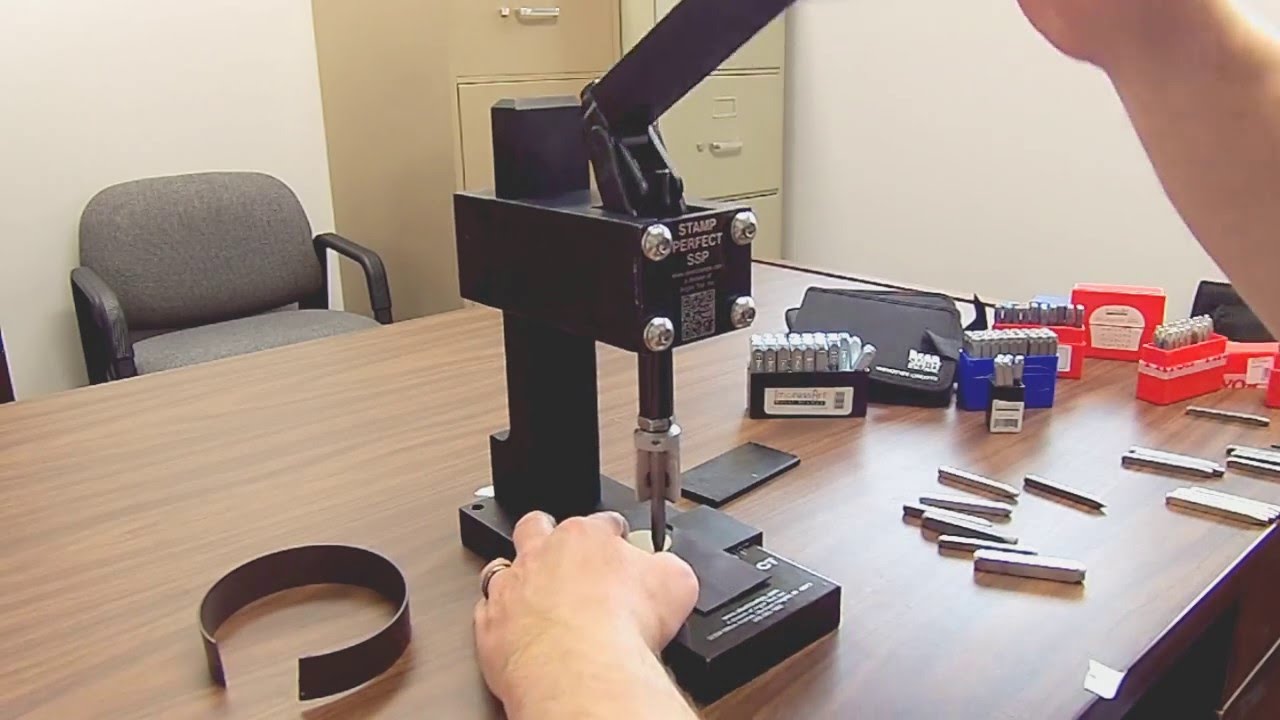In the fast-evolving world of manufacturing, deep draw stamping technology stands out as a pivotal process that is reshaping the industry. This article explores the insights and applications of this technology, providing an in-depth understanding for industrial manufacturers and enthusiasts alike.

Understanding Deep Draw Stamping
Deep draw stamping is a process where a sheet metal blank is radially drawn into a forming die by the mechanical action of a punch. It is considered ‘deep’ if the depth of the drawn part is greater than its diameter. This technique is widely used in the manufacturing sector, especially for creating complex shapes and deep cavities.
How Does It Work?
The process begins by placing a sheet metal blank over a die cavity. A punch presses down on the blank, bending it into the die cavity. Throughout the process, the metal is stretched and compressed, which requires precise control and skilled execution.
Benefits of Deep Draw Stamping
The advantages of using deep draw stamping technology are numerous. It allows for the creation of strong, lightweight parts with intricate designs. This method is cost-effective, especially for high-volume production, and results in minimal waste.
Applications in Various Industries
Deep draw stamping is integral to various sectors, including automotive, aerospace, and consumer electronics. In the automotive industry, it is used to produce parts like fuel tanks and engine components. In aerospace, it’s crucial for manufacturing lightweight yet durable parts.
Automotive Industry
In the automotive sector, the demand for lightweight and durable parts makes deep draw stamping a preferred choice. Components like engine parts, fuel tanks, and even structural elements can be efficiently produced with this method.
Aerospace Industry
The aerospace industry benefits from deep draw stamping due to its ability to create lightweight but strong components. This process is essential for manufacturing parts that can withstand extreme conditions.
Advancements in Deep Draw Stamping
With technological advancements, deep draw stamping has become more efficient and precise. Innovations such as computer-aided design (CAD) and computer-aided manufacturing (CAM) have enhanced the accuracy and speed of the process.
Role of Technology
Technology plays a crucial role in deep draw stamping. The integration of CAD and CAM systems allows for precise design specifications and reduces the time required for production.
Material Innovations
New materials and alloys have broadened the possibilities for deep draw stamping. These materials provide better performance characteristics, enabling manufacturers to meet specific industry needs.
Challenges and Solutions
Despite its benefits, deep draw stamping is not without challenges. Issues such as material wrinkling and tearing can occur. However, solutions like optimizing lubrication and using advanced simulation software help mitigate these problems.
Common Challenges
Wrinkling and tearing are common issues in deep draw stamping. These problems arise due to improper material flow and excessive stress on the metal.
Overcoming Challenges
To overcome these challenges, manufacturers can use advanced simulation tools to predict and address potential issues before they occur. Proper lubrication and material selection also play vital roles in enhancing the process.
The Future of Deep Draw Stamping
The future of deep draw stamping technology looks promising. As industries continue to demand more complex and lightweight components, this technology will remain at the forefront of manufacturing innovations.
Emerging Trends
Emerging trends in deep draw stamping include the use of environmentally friendly materials and processes. Sustainability is becoming a key focus for manufacturers worldwide.
Technological Integration
As technology continues to evolve, the integration of artificial intelligence and machine learning into deep draw stamping processes is expected to enhance efficiency and precision further.
Conclusion
In conclusion, deep draw stamping technology is a crucial aspect of modern manufacturing. Its ability to produce complex, lightweight, and durable components makes it an invaluable process across various industries. With continuous advancements and innovations, it is poised to play an even more significant role in the future of manufacturing.

FAQ Section
What is deep draw stamping?
Deep draw stamping is a metal forming process where a sheet metal blank is drawn into a die to create complex shapes.
What industries benefit from deep draw stamping?
Industries such as automotive, aerospace, and consumer electronics greatly benefit from deep draw stamping due to its efficiency and precision.
What are the challenges in deep draw stamping?
Common challenges include material wrinkling and tearing, which can be mitigated through proper material selection and process optimization.
For more detailed insights, you can refer to how stamping presses work and explore other related articles on metal garden art for further understanding of metal processes.
This article contains affiliate links. We may earn a commission at no extra cost to you.

